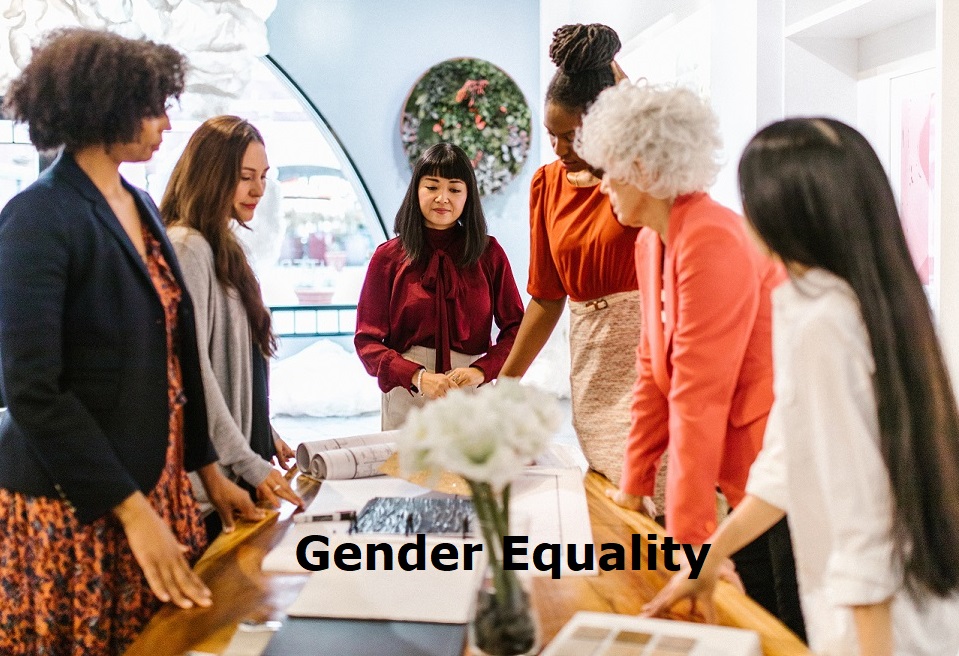Gender Equality at Home, School, and Workplace
Contents
Gender equality is an ideal where fair and equal conditions are ensured in every aspect of society. This concept aims to provide women, men, and LGBTQ+ individuals with the same opportunities, rights, and responsibilities. Promoting gender equality in workplaces, schools, and other domains is a significant step towards building a just society.
What is Gender Equality?
Gender equality refers to the societal ideal where discrimination based on gender is eliminated. It entails individuals having equal rights, opportunities, and values regardless of their gender. Gender equality aims to create a society where women and men are equally represented in various domains such as work, education, health, politics, and social life.
Gender Equality at Home
Ensuring gender equality at home is an important aspect of creating a fair and egalitarian family dynamic. Gender equality entails embracing the understanding that every individual within the household has equal rights, responsibilities, and opportunities. This means adopting an equitable approach to sharing household chores, decision-making processes, and childcare.
Ensuring gender equality at home enables every individual, regardless of their gender, to fully realize their potential. Alongside equal rights, responsibilities, and opportunities, promoting gender equality within the household strengthens relationships and contributes to a fairer and more egalitarian society. Additionally, it is crucial to establish equality in gender-sensitive communication.
Gender Equality in the School
Gender equality in schools aims to establish a fair and inclusive environment in the field of education. A school system where both girls and boys have equal access to educational opportunities and resources reflects the principles of gender equality. Schools should strive to overcome gender-based discrimination, adapt teaching materials to reflect gender equality, and provide students with equal opportunities.
In promoting gender equality in schools, it is essential to foster an inclusive and supportive atmosphere that encourages all students to thrive regardless of their gender.
To achieve true gender equality in schools, it is necessary to foster collaboration among stakeholders, including parents, teachers, school administrators, and policymakers.

Gender Equality in the Workplace
Moreover, women encounter more challenges in the workplace compared to men. One of these challenges is wage equity, which is one of the most significant issues faced by women in workplace. Despite performing the same job, women often receive lower wages compared to their male counterparts, highlighting gender-based discrimination.
The solution to this issue lies in increasing awareness about gender equality, employers embracing fair wage policies, and governments ensuring wage equality through legal regulations. Ensuring equal pay for women in the same job not only promotes the formation of a more economically just society but also supports women’s economic freedom and empowerment.
In addition, the participation of disabled women in the workforce and their access to employment opportunities is of great importance in terms of gender equality. Protecting the rights of disabled women and enhancing employment possibilities contributes to a more equitable society. This enables disabled women to fully realize their potential, actively engage in society, and shape their lives according to their desires.
Building a world where every individual has equal rights, opportunities, and values regardless of their gender is a crucial step towards creating a better future. It requires the collective responsibility of everyone to promote gender equality in all aspects of society.
With advancements towards gender equality, it is essential to engage with gender experts to establish the necessary structures. This approach benefits all segments of society and propels us towards a more inclusive and equitable world.